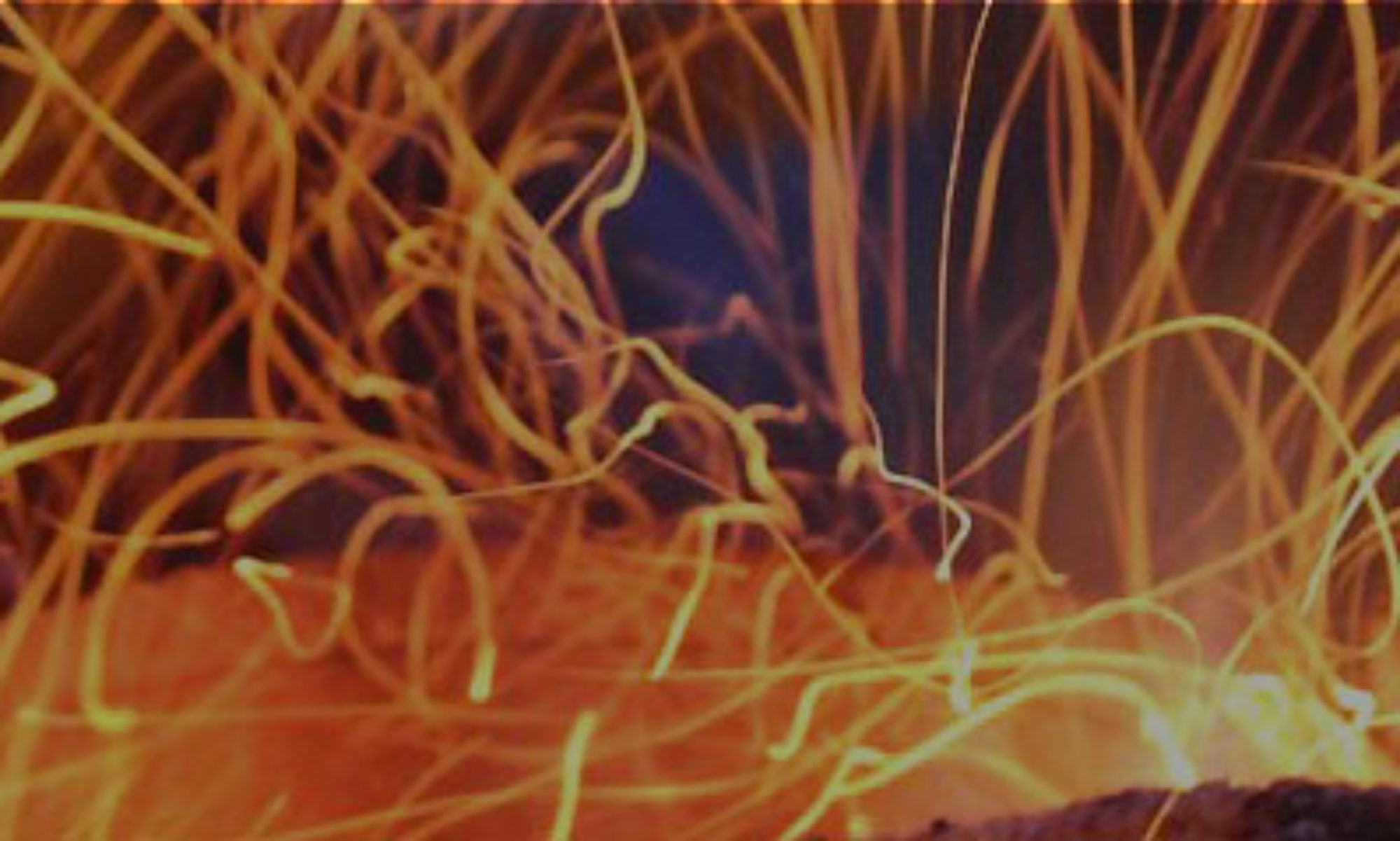These are the early days of video blogging. Most of the postings on the Web are rough and tedious — little more than home movies. But the success of Rocketboom and a few sites like it underscore the potential of video blogs. Cheaper video recorders mean just about anyone can make videos, while the spread of speedy Net service means almost anybody can watch clips posted online. The result? The Internet is coming alive with a mix of video, from the polished parody of Rocketboom to the raw interviews of reporters. As these videos flow into the living room, they will reshape what we think of as television. “TV will be transformed,” says Mitchell Kapor, the founder of Lotus Development Corp. (IBM ) and now an investor in Participatory Culture, an online video startup. “People will look at it as historically quaint that you had to watch something that others chose for you.”
Community Media: People, Places and Communication Technologies
Community Media – Cambridge University Press: “Combining original research with comparative and theoretical analysis, Kevin Howley examines a number of different community media such as radio, television, and print media, and looks at the way they impact on the lives of those who produce and consume them. He also addresses broader theoretical and philosophical issues such as the part community media can play in promoting participatory democracy and giving the socially and economically disadvantaged access to the public sphere.”
Andy Carvin’s Waste of Bandwidth: Using iTunes to Get My Podcasts and Videos
Andy Carvin’s Waste of Bandwidth: Using iTunes to Get My Podcasts and Videos
Subscribing for Mac users | Subcribing for PC users
If you publish your own video blog or podcast, you can add a link like this to your site as well. Here’s how to do it.
Step 1: Go to Mefeedia.com and add your RSS feed.
Step 2: Mefeedia will then bring you to a page with several links on it. One of them will invite you to get an iTunes 1-click subscribe button on your blog. Click the link.
Step 3: Mefeedia will show you some HTML code. Add it to your website, tweaking it if you like.
And that’s that.
Andy Carvin’s Wall of Video
a demonstration of Andy Carvin’s use of MeFeedia video archiving tools.
NPQ – Current Issue – Building the (Co-) Ownership Society
The following interview with Gar Alperovitz serves this sector with a major challenge. Alperovitz believes that the ground we have lost in recent years with regard to our social contract provisions should alert us to the need for a broad new strategy. This strategy draws from previous eras in which a new form of social contract is experimented with before it is parried at a national level. In this case, Alperovitz focuses on the concept of ownership and wealth development, posing a more collective model against an individual model of ownership. Clearly, this kind of social experimentation is entirely native to us and in our imaginings, such activity could conceivably address and link many problems of social exclusion. But is this the way to go? To give us some additional perspective we have asked Rick Cohen, a veteran of community building work to comment; and to help make Alperovitz’s ideas a little more concrete, we have asked Bob Agres, of the Hawai‘i Alliance for Community-Based Economic Development (HACBED) to discuss a strategy they have pursued at both local and state levels.
ICT4D – Information and Communication Technologies for Development
ICT4D – Information and Communication Technologies for Development
Self-Paced Learning Materials Developed by Barbara Fillip
great thoughts, readings, and resources about ICT4D
WSIS: Declaration of Principles
WSIS: Declaration of Principles
Some really great points about communication approaches for sustainble communications
Leonardo On-Line: Art, Science and Technology
Leonardo On-Line: Art, Science and Technology
Our Mission: Leonardo/ISAST serves the international arts community by promoting and documenting work at the intersection of the arts, sciences, and technology, and by encouraging and stimulating collaboration between artists, scientists, and technologists.
Vision Statement: Science and Technology dominate our current landscape, emerging with an intensity and velocity never before experienced. This intense intellectual creativity needs to be integrated with the humanizing activity of creating art, to bring balance to how we experience our current existence and imagine our futures. Over the course of history, art has been both an organizing and integrating role with our emotional and intellectual lives. Art serves as a means of presenting, questioning, understanding and creating order out of chaos and change. Imagination often leads the way of discovery in science. Innovation of art, science and technology will allow for new ideas that may be important economically and socially. Leonardo/ISAST serves as the organization that nurtures and fosters this alliance between the arts and sciences, proactively bringing these social networks together leading to greater creativity and social change in both areas.
Our activities include publication of the art, science and technology journal Leonardo; the Leonardo Music Journal; the Leonardo Book Series; the monthly, peer-reviewed electronic journal, Leonardo Electronic Almanac; and our World Wide Web Site, Leonardo On-Line (all published by The MIT Press). We have a sister organization in France, the Association Leonardo, which publishes the Observatoire Leonardo Web Site. We have a number of other activities including an awards program.
stamen: vox delicii – mapping google news
Posted August 3, 2005, Michal Migurski of Stamen Design.
Version 1.2d actionscript and Flash source, available for free download and modification:
stamen_news-1.2d.tar.gz.
This work is licensed under a Creative Commons License.
Creative Commons License
This is an adaptation of In The News, a project that heat-mapped Google News mind-share from Spring 2004 through Summer 2005. I have stopped collecting information from Google News, and started looking at the Del.icio.us Popular list of highly-linked websites. (why?)
ArtsMap_v1.pdf (application/pdf Object)
ArtsMap_v1.pdf (application/pdf Object)
mapping the arts eco system in the US
